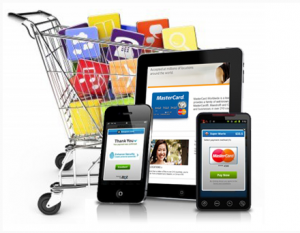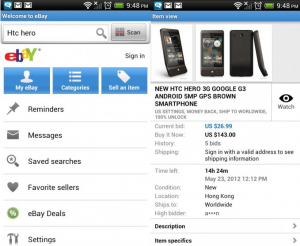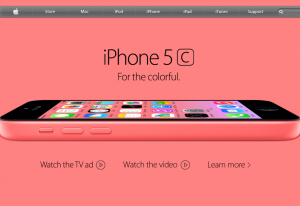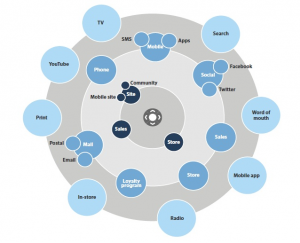With roughly one billion cell phone users worldwide, the mobile commerce industry hopes that consumers are open to innovation in cell phone usage. Technology is only one part of the challenge. Marketers must understand customer wants and create relevant value propositions in the context of customer behaviour and willingness to change. Wal-mart’s global head of mobile mentioned that “the future of retailing is the history of retailing, of a personalized interactive experience for every customer delivered through a smartphone”. In-store buying influenced by mobile use was on track to be about twice as big as e-commerce sales by 2016.
On the other hand, some pitfalls of mobile commerce are that it annoys consumers who are not similar in behaviour. While many mobile carriers provide users with shortcuts that allow them to access Web content and services, these kinds of simplifications are still evolving. There are also security problems such as being able to eavesdrop on data transmission lines, and being able to steal mobile property.
One of my favourite examples is from eBay, as it has constantly updated its iPhone Application with new sharing and personalized features that highlight their ambitions to facilitate the shopping experience. They have a new “free in-store pickup” feature intended to drive sales for merchants. They also include new social features that place eBay in more direct competition with mass merchants and retailers. They are catering to their target market – the busy holiday shopper.
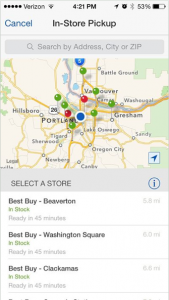
This is an example of a page on the eBay app showing which Best Buy stores a product is available at
It has been developing apps in alignment with the holiday season to allow customers to share gift ideas. It enables the ability to pull in a user’s personalized feed directly into the homepage of the app, helping customers discover new items based on their preferences.
It rolled out a new tool to the app that Pinterest began offering earlier this year. Customers can share items directly to Pinterest boards from the app. Customers can swipe through images from the ‘View Item’ screen, and there are new features for sellers to streamline the process of listing items online to ease their shopping experience.
As mentioned in class, there are so many new implications for mobile, multi-channel and integrated campaigns. Synchronizing multiple parallel devices is an important aim. eBay will continue to implement deeper integration with applications, the customer decision journey is also relevant here.
The proliferation of mobile commerce services and applications requires marketers to find new ways to get brands included in initial-consideration set that consumers develop as they begin their decision journey. Furthermore, the shift from one-way communication (marketers to consumers) to two-way conversation needs more systematic way to satisfy consumer demands and manage WoM. Mobile applications entail 2 different types of consumer loyalty , the challenge to reinvigorate loyalty programs and the way they manage the customer experience. It is important to align all elements of marketing & journey that consumers undertake and integrating those elements across organization, to ensure direct spending and messaging to moments of maximum influence.
This is a video illustrating eBay’s position within the mobile e-commerce space, the eBay Mobile Commerce component is a dynamic infographic application allowing users to explore a variety of targeted mobile transactions over one year. 
Sources:
http://www.brandchannel.com/features_effect.asp?pf_id=200
http://www.mobilecommercedaily.com/ebay-boasts-commerce-personalization-chops-with-app-overhaul

